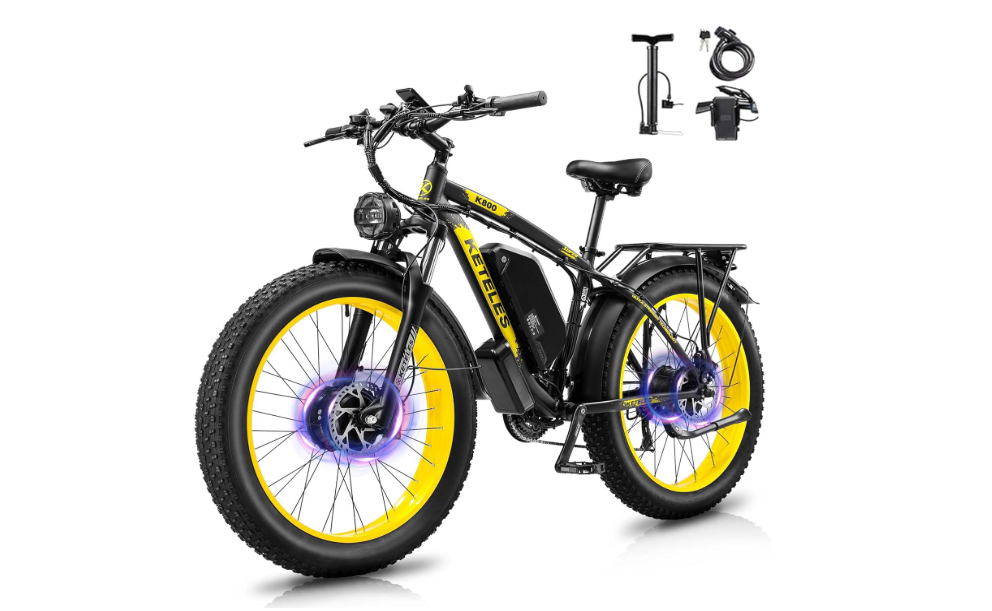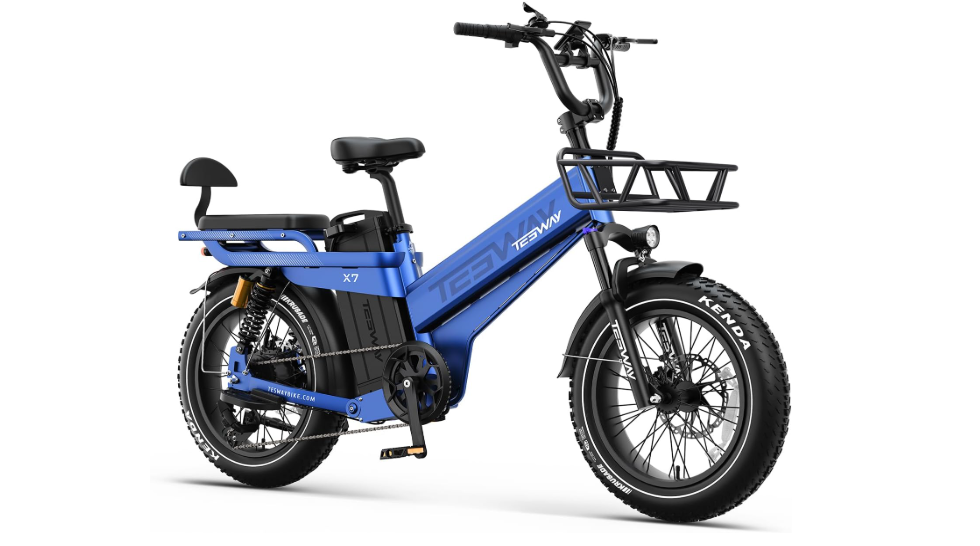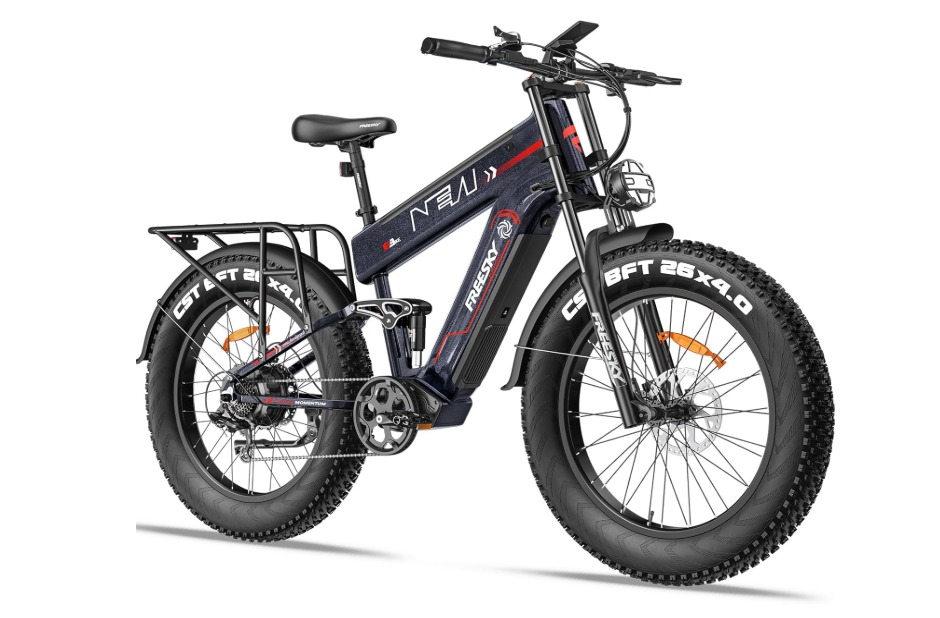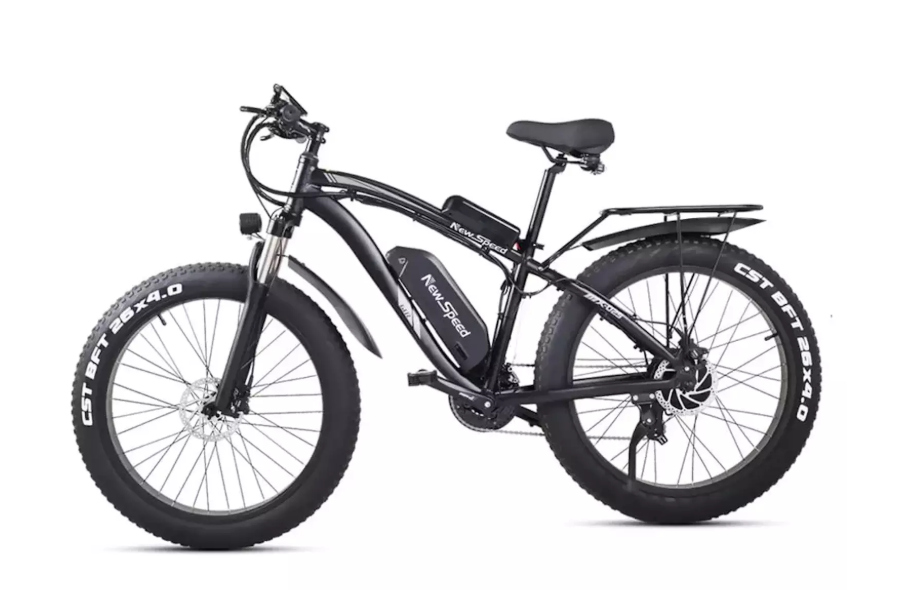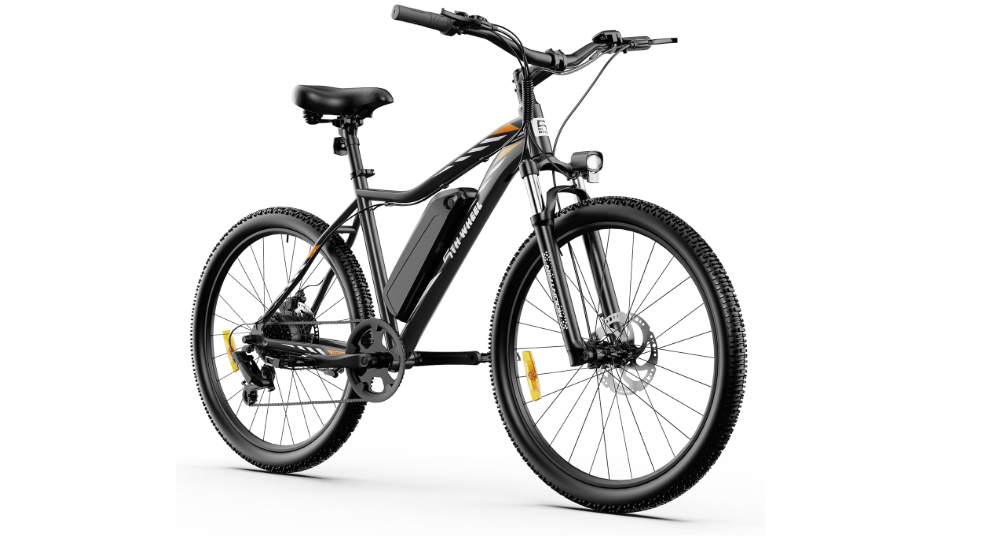India’s urban commuters face a dilemma stick with traditional petrol bikes or switch to electric bikes? With fuel prices steadily rising,
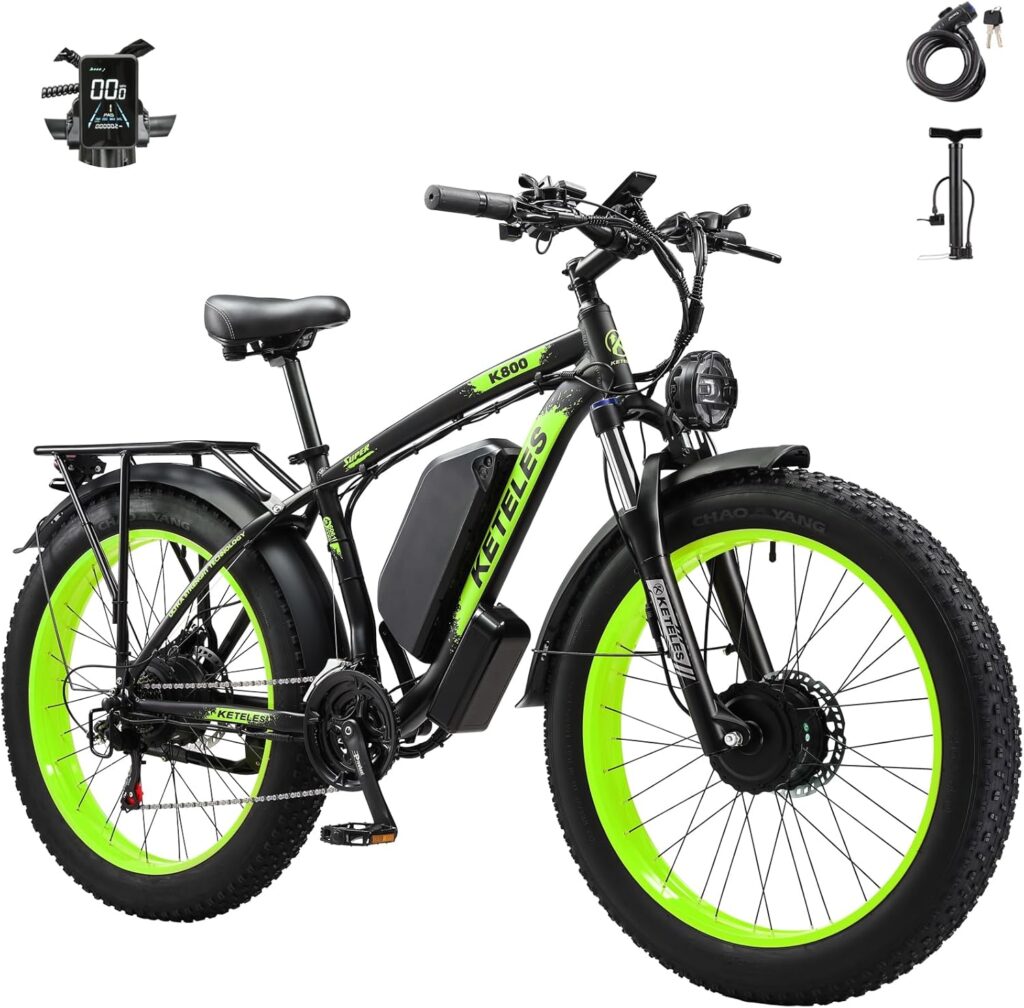
government subsidies for EVs, and increasing awareness of environmental impact, the choice between petrol and electric bikes has become more than just a personal preference it affects your wallet and lifestyle.
In this guide, we compare electric bikes and petrol bikes across key aspects: cost of ownership, mileage, maintenance, insurance, battery replacement, and long-term savings.
By the end, you’ll have a clear understanding of which option is more economical and practical for your daily commute in 2025.
Purchase Price Comparison
Electric bikes have become more affordable in India over the past 5 years. In 2025, entry-level e-bikes like Hero Lectro, Motovolt Kivo Easy, or EMotorad Doodle start at ₹45,000–₹50,000.
Premium options like Nexzu Roadlark, Toutche Heileo, and Ola S1 Pro can go up to ₹1,20,000–₹1,50,000, which is similar to mid-level petrol bikes.
Petrol bikes, on the other hand, have a slightly higher starting price. Popular budget models like Honda CB Shine or Hero Splendor start around ₹65,000, with mid-segment bikes like Bajaj Pulsar or TVS Apache crossing ₹1 lakh.
Observation: Budget commuters can save ₹20,000–₹30,000 upfront by choosing an electric bike, especially if subsidies apply.
Running Cost: Fuel vs Electricity
One of the strongest advantages of electric bikes is low running cost.
Petrol Bike Running Cost
- Fuel efficiency: 40–50 km per litre
- Petrol price (average 2025): ₹110 per litre
- Cost per km: ₹110 ÷ 45 km ≈ ₹2.44/km
Electric Bike Running Cost
- Battery capacity: 36–48V, ~7–12Ah
- Electricity cost: ₹8/kWh
- Average consumption: 0.5 kWh/20 km → ₹0.20–₹0.25/km
Example: A 30 km daily commute costs:
- Petrol bike: 30 × ₹2.44 ≈ ₹73/day → ₹2,190/month
- Electric bike: 30 × ₹0.25 ≈ ₹7.5/day → ₹225/month
Savings: ₹1,965 per month, or ~₹23,580 per year.
Over 3 years, this is ~₹70,000 in fuel savings alone for daily commuting.
Mileage Comparison
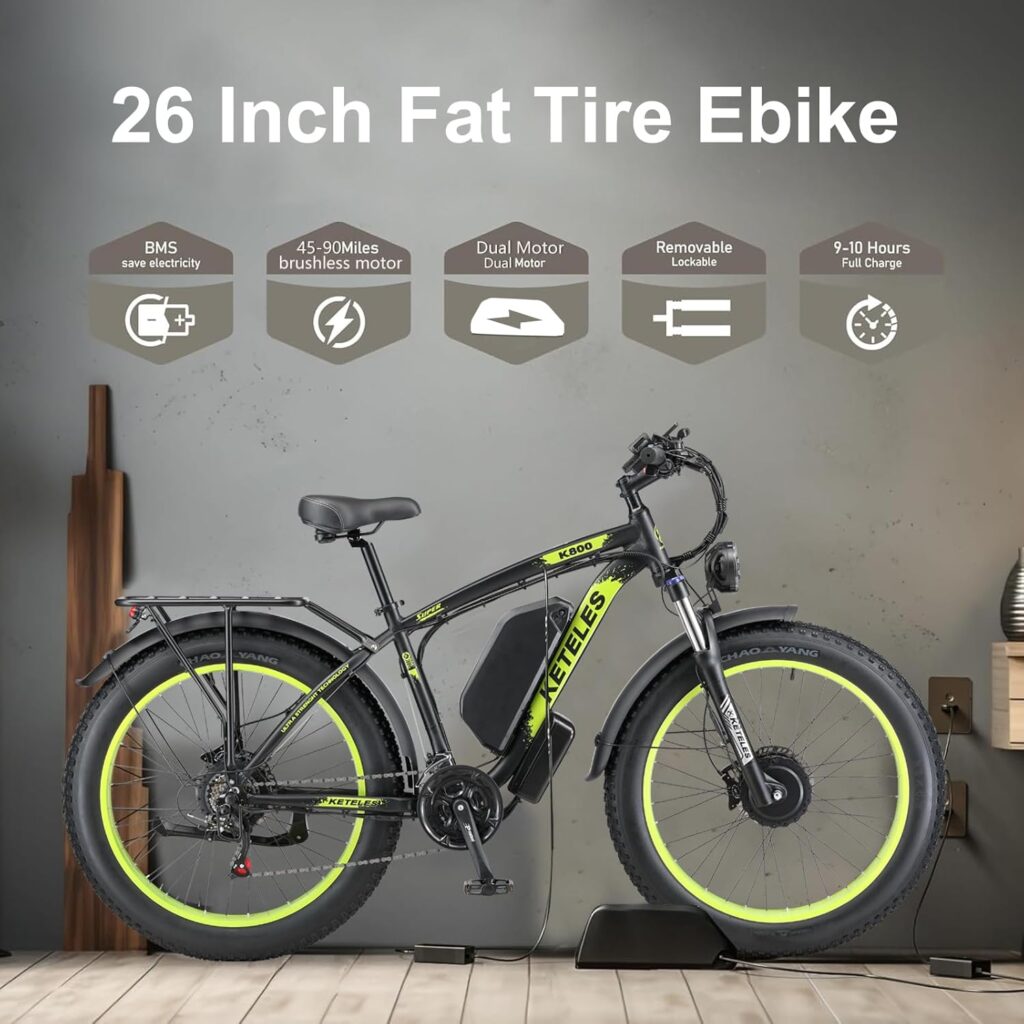
| Vehicle | Real-World Mileage | Notes |
|---|---|---|
| Petrol Bike | 40–50 km/litre | Depends on traffic, riding style, maintenance |
| Electric Bike | 35–100 km/full charge | Depends on battery capacity, rider weight, terrain |
Electric bikes with dual batteries (Nexzu, Toutche Heileo) can achieve 75–100 km per charge, suitable for longer commutes or delivery riders. Budget options typically offer 35–50 km per charge, ideal for city travel.
Maintenance Cost Comparison
Petrol Bikes
- Regular oil change every 3–4 months
- Brake and clutch adjustments
- Tyres replacement every 15,000–20,000 km
- Average annual cost: ₹5,000–₹12,000
Electric Bikes
- No engine oil, clutch, or gearbox
- Brake pads and tyres are the main maintenance items
- Battery replacement: ₹7,000–₹15,000 every 3–4 years
- Average annual cost: ₹2,000–₹5,000
Observation: Maintenance cost of e-bikes is 40–60% lower than petrol bikes.
Insurance Cost Comparison
- Petrol bikes: ₹1,500–₹4,000/year depending on engine size
- Electric bikes: ₹500–₹2,000/year for low-power e-bikes (<250W)
- Insurance for high-speed e-scooters like Ola S1 Pro or Revolt RV400 is comparable to petrol motorcycles
- Optional battery replacement insurance adds security for high-end e-bikes
Using insurance wisely reduces total ownership cost and protects against theft and accidental damage.
Battery Replacement and Long-Term Cost
The battery is the most critical component of an electric bike. In 2025, lithium-ion batteries last 3–4 years on average. Replacement costs in India: ₹7,000–₹15,000 depending on model.
Tips for long battery life:
- Avoid deep discharge (keep between 20–80%)
- Use OEM chargers only
- Don’t store fully discharged batteries for long periods
- Avoid extreme heat exposure
When factoring in battery replacement, electric bikes remain cheaper over 3–5 years due to fuel savings and lower maintenance.
Long-Term Ownership Savings
Let’s compare a 5-year ownership scenario:
Scenario: 30 km/day commuting, 25 days/month
| Expense | Petrol Bike | Electric Bike |
|---|---|---|
| Purchase Price | ₹70,000 | ₹50,000 |
| Fuel/Electricity | ₹2,190/month × 60 months = ₹1,31,400 | ₹225/month × 60 months = ₹13,500 |
| Maintenance | ₹6,000/year × 5 = ₹30,000 | ₹3,000/year × 5 = ₹15,000 |
| Insurance | ₹3,000/year × 5 = ₹15,000 | ₹1,500/year × 5 = ₹7,500 |
| Battery Replacement | N/A | ₹12,000 (once) |
Total 5-Year Cost:
- Petrol Bike: ₹70,000 + 1,31,400 + 30,000 + 15,000 = ₹2,46,400
- Electric Bike: ₹50,000 + 13,500 + 15,000 + 7,500 + 12,000 = ₹98,000
Savings with Electric Bike: ₹1,48,400 over 5 years → ~60% lower total cost
Even after including battery replacement and insurance, electric bikes offer massive cost benefits for daily commuting.
Environmental & Lifestyle Benefits
- Zero tailpipe emissions → cleaner cities
- Quieter operation → reduced noise pollution
- Instant torque → smoother acceleration in stop-and-go traffic
- Subsidies & incentives → lowers upfront purchase price
Petrol bikes still have advantages in high-speed highway travel, long-distance touring, and resale value, but urban commuters benefit most from electric bikes.
Buying Guide: Which One Should You Choose?
Choose Electric Bike if:
- Daily commute ≤ 50 km
- Mostly city/urban riding
- Want lower fuel and maintenance costs
- Interested in eco-friendly transport
Choose Petrol Bike if:
- Long highway rides and high-speed travel
- Frequent trips above 100 km
- Higher resale value preference
- Limited access to charging points
Hybrid Option: Some users pair budget e-bikes for city commute and a petrol bike for weekend trips, balancing convenience and cost.
Maintenance & Tips
Electric Bike
- Charge regularly; avoid full deep discharge
- Use OEM charger to extend battery life
- Check brakes and tyres monthly
- Store in shade to prevent battery degradation
Petrol Bike
- Change oil every 2,000–3,000 km
- Maintain tyres, chain, and brakes
- Keep fuel tank clean to prevent clogging
- Follow OEM service schedule strictly
FAQs
1. Which is cheaper: electric or petrol bike?
Electric bikes are significantly cheaper over 3–5 years due to low running and maintenance costs.
2. How long does an electric bike battery last in India?
Typically 3–4 years. Replacement cost is ₹7,000–₹15,000 depending on the model.
3. Do electric bikes require a license?
Low-power electric bikes (<250W, ≤25 km/h) do not require a license. Scooters & motorcycles do.
4. Can electric bikes replace petrol bikes completely?
For city commuting and daily travel, yes. For highways or long-distance touring, petrol bikes still have an edge.
5. Is insurance necessary for electric bikes?
While low-power e-bikes don’t require mandatory insurance, it’s recommended for theft and accidental protection.
Conclusion
Switching from petrol bikes to electric bikes is no longer a luxury it’s a smart financial and environmental decision in 2025.
While petrol bikes still have advantages in high-speed travel, long-distance trips, and resale value, electric bikes dominate in daily city commuting, offering:
- 60–70% lower running costs
- Minimal maintenance
- Government subsidies and EMI options
- Eco-friendly operation
For the modern Indian commuter, electric bikes are the future of urban mobility. Making the switch today means saving money, contributing to a cleaner environment, and enjoying stress-free commuting.
Your choice between petrol and electric bikes can redefine your commute choose wisely, and the savings will follow.
